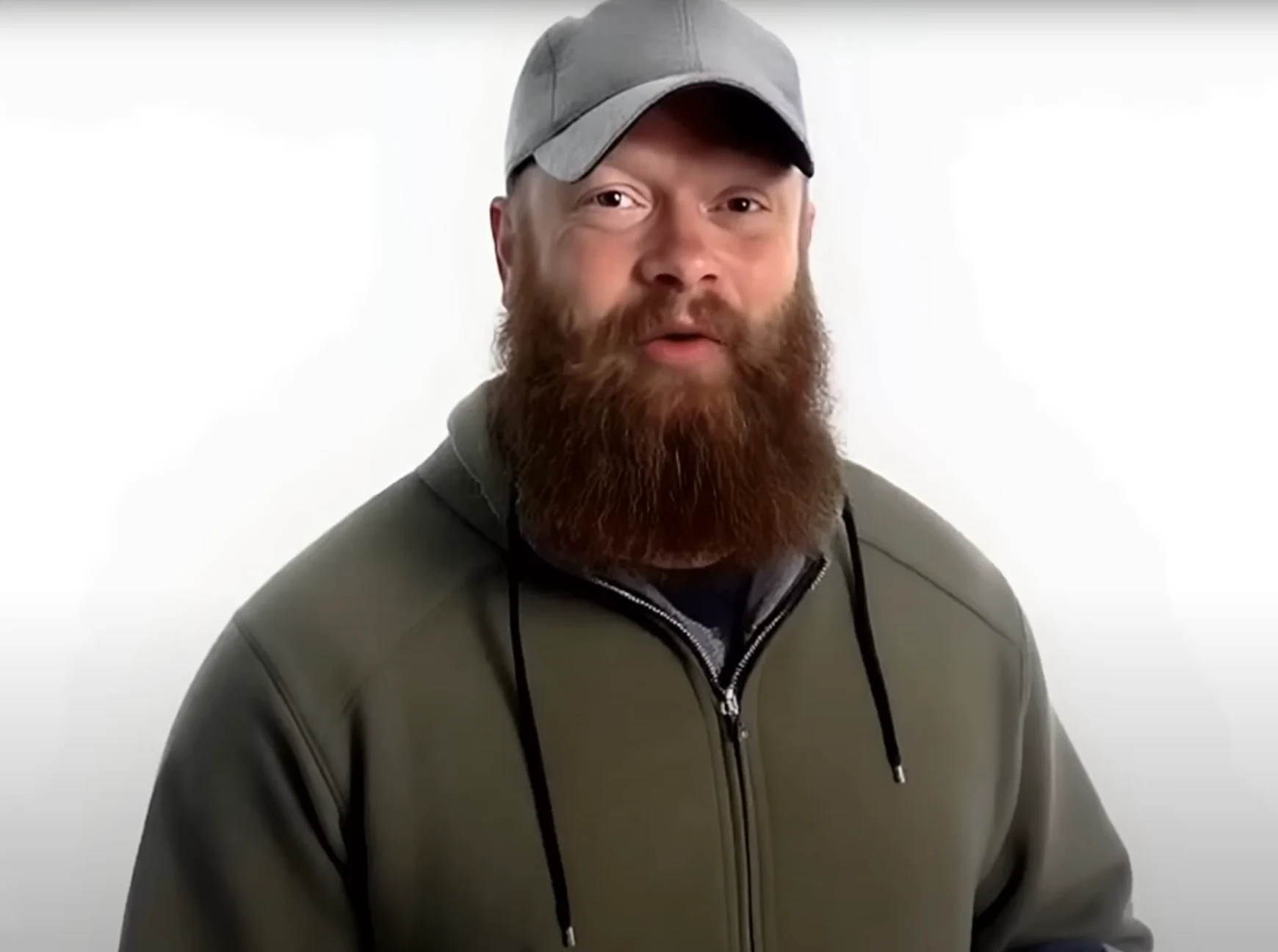Key Takeaways
1. An Arizona court allowed an AI-generated video statement of a deceased victim, Christopher Pelkey, to be shown during a sentencing hearing for his killer, Gabriel Horcasitas.
2. The avatar was created by Pelkey’s sister, Stacey Wales, using image generation, voice cloning, and AI scripting tools, and it delivered a victim impact statement.
3. The video included a disclaimer about its AI origin and featured actual footage of Pelkey, addressing Horcasitas and expressing the family’s feelings about their loss.
4. Arizona law permits victim impact statements in various formats, and there were no objections to the inclusion of the AI video during the sentencing.
5. Judge Todd Lang imposed the maximum sentence of 10.5 years, acknowledging the emotional impact of the AI-generated statement on the case.
In a groundbreaking event for the U.S. legal system, an Arizona court has allowed an AI-created video statement of a deceased victim to be shown during a sentencing hearing. The video, which showcased a digital version of Christopher Pelkey, who lost his life in a 2021 road rage incident, was presented when Gabriel Horcasitas was being sentenced for his death.
Creation of the Avatar
The avatar was crafted by Pelkey’s sister, Stacey Wales, with assistance from her husband. They utilized a mix of image generation, voice cloning, and generative AI scripting tools. The resulting video displayed a digitally animated Pelkey delivering a victim impact statement directed at both the court and Horcasitas. This video was part of the family’s narrative during the sentencing phase.
Presentation and Reactions
The video began with a disclaimer indicating its AI origin and included actual footage of Pelkey from his life before returning to the avatar. In the video, the AI version addressed Horcasitas directly, conveying the family’s feelings about their loss and the impact of the past three and a half years on their lives.
Under Arizona law, victim impact statements can be shared in different formats, and there were no objections to the AI video being included. The family made it clear that they authored the content, which wasn’t meant to be interpreted as Pelkey’s own words.
Legal Insights
Jessica Gattuso, the attorney for the family, mentioned that Arizona’s victim rights laws allowed the family to choose how to present their statement. “I didn’t see any issues with the AI and there was no objection,” she remarked.
Judge Todd Lang, who oversaw the case, recognized the emotional weight of the video during the sentencing. He imposed the maximum sentence of 10.5 years, in line with the family’s wishes.
Stacey Wales explained that the video was made using Stable Diffusion with LoRA (Low-Rank Adaptation) for generating images, and a different AI model to mimic Pelkey’s voice. She described the project as a way to help the court grasp the profound effect her brother’s death had on their family.
Horcasitas was convicted in March 2025 and received his sentence this month. This case represents the first documented instance of a U.S. court accepting an AI-generated avatar to symbolize a deceased victim during sentencing.
Source:
Link

